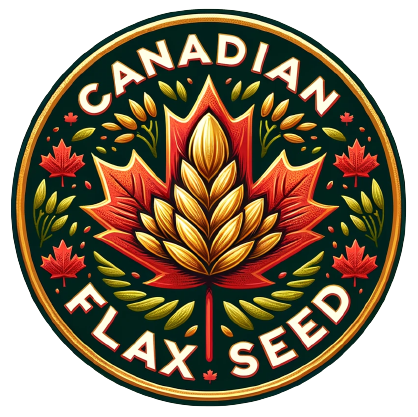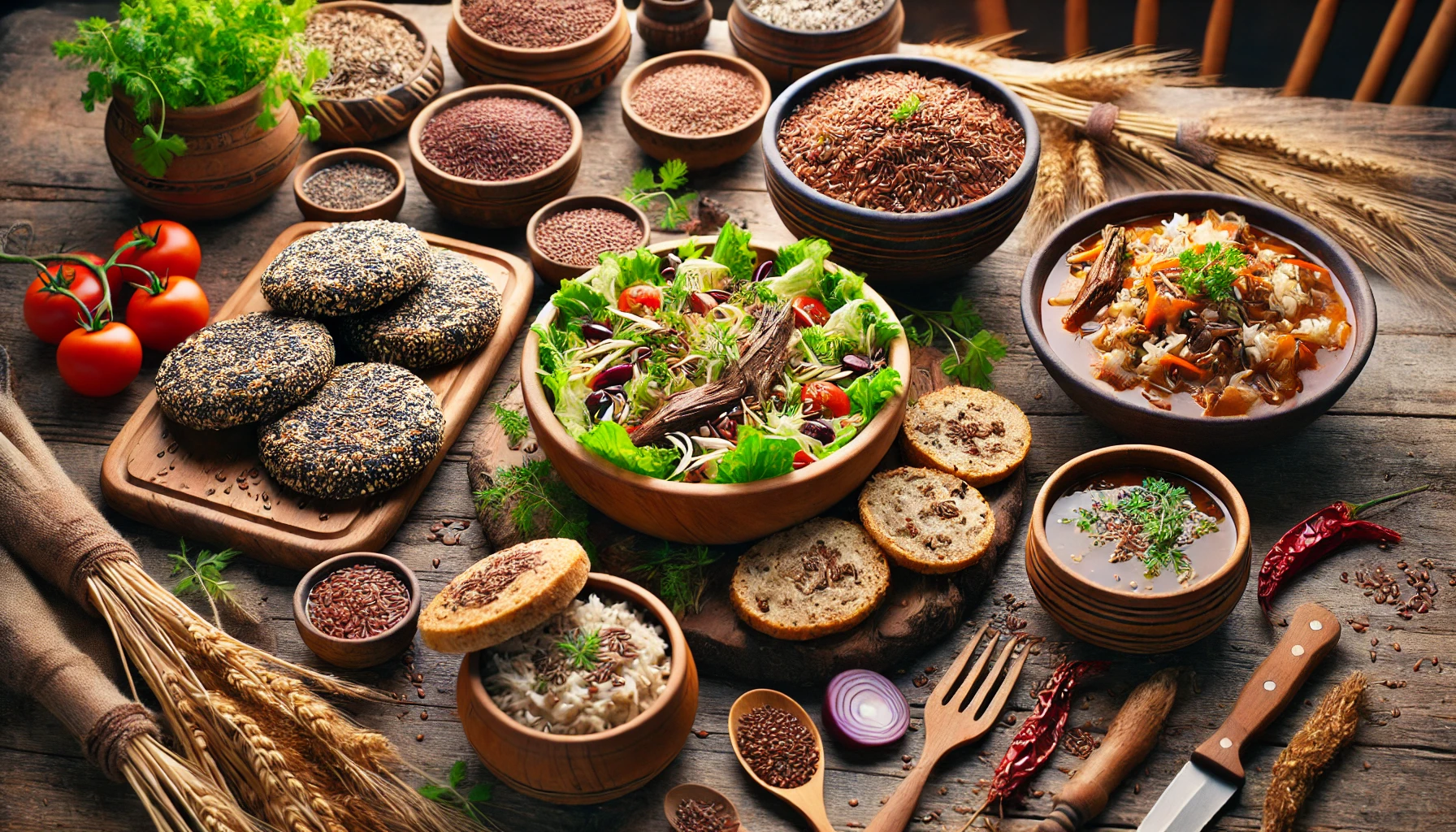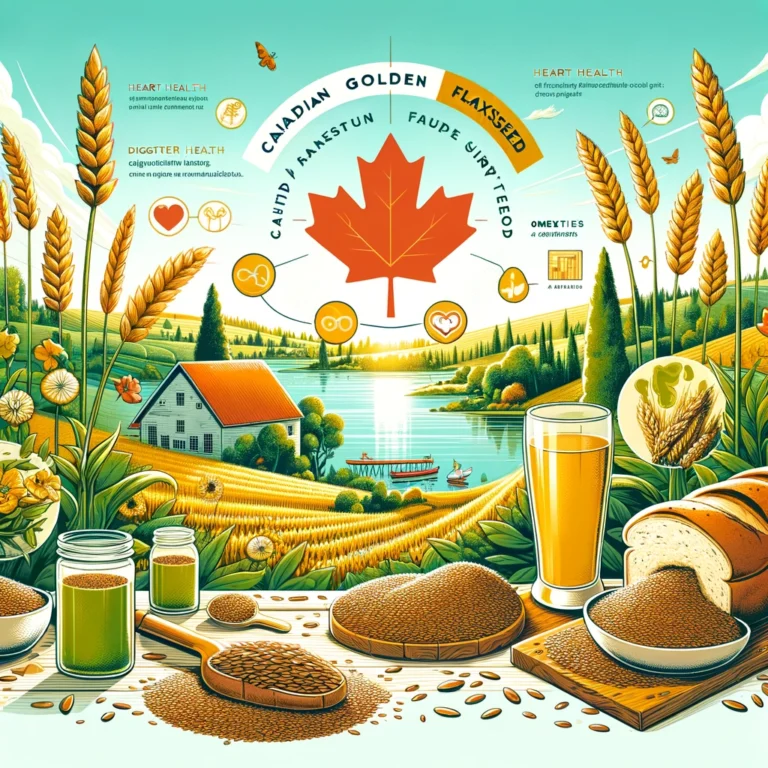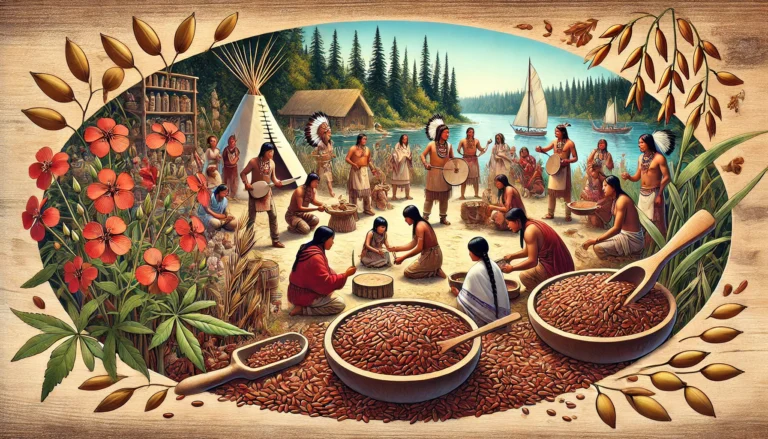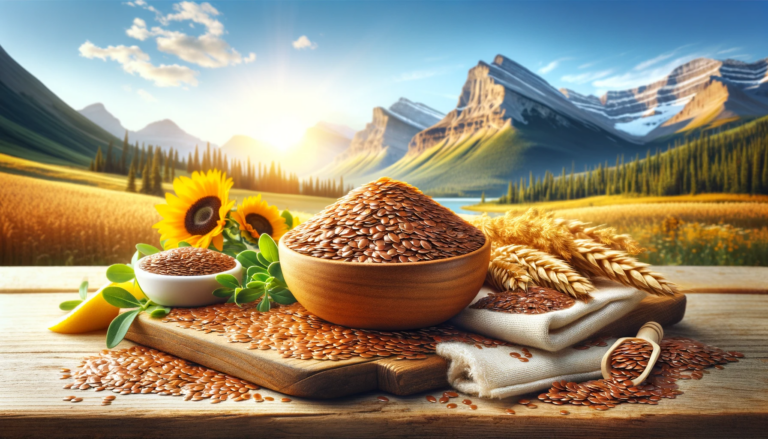Traditional Methods of Incorporating Flaxseeds in Indigenous Canadian Dishes
Flaxseeds have long been a staple in many cultures due to their numerous health benefits and versatility in cooking. In Canada, particularly among Indigenous communities, flaxseeds have been an integral part of traditional cuisine for centuries. These nutrient-rich seeds were not only valued for their medicinal properties but also for their ability to enhance the flavor and texture of various dishes. Let’s explore some traditional methods of incorporating flaxseeds into Indigenous Canadian dishes, providing you with a glimpse into the rich culinary heritage of these communities.
The Cultural Significance of Flaxseeds
Before diving into the methods, it’s essential to understand the cultural significance of flaxseeds among Indigenous Canadians. These seeds were more than just a food source; they symbolized a deep connection to the land and nature. Flaxseeds were often harvested and prepared using time-honored techniques passed down through generations. This connection to tradition is what makes these methods so unique.
Traditional Uses of Flaxseeds
- Flaxseed Porridge: One of the most common ways Indigenous Canadians incorporated flaxseeds into their diet was through porridge. Flaxseed porridge, also known as “mush,” was a staple breakfast item. The seeds were ground into a fine meal and cooked with water or milk until they reached a creamy consistency. This porridge was often sweetened with natural ingredients like maple syrup or berries.
- Bread and Bannock: Flaxseeds were frequently added to traditional bread and bannock recipes. Bannock, a type of flatbread, was made by mixing ground flaxseeds with flour, water, and sometimes animal fat. The dough was then either baked or fried. Flaxseeds added a nutty flavor and increased the bread’s nutritional value.
- Stews and Soups: Flaxseeds were also incorporated into stews and soups. Whole or ground flaxseeds were added to enhance the thickness and nutritional profile of these dishes. The seeds acted as a natural thickening agent, giving the stew or soup a richer texture.
- Fish and Game Dishes: Indigenous Canadians often used flaxseeds as a crust for fish and game meats. The seeds were ground and mixed with herbs and spices, then used to coat the meat before cooking. This method not only added flavor but also provided a crunchy texture to the dish.
- Herbal Remedies: Beyond culinary uses, flaxseeds were also used in traditional medicine. Indigenous healers utilized flaxseeds for their anti-inflammatory properties, making poultices or infusions to treat various ailments.
How to Incorporate Flaxseeds into Modern Cooking
While these traditional methods are fascinating, you might wonder how to incorporate flaxseeds into your modern cooking. Here are some practical tips:
- Smoothies: Add ground flaxseeds to your morning smoothie for an extra boost of omega-3 fatty acids.
- Baking: Substitute a portion of the flour in your baking recipes with flaxseed meal to increase the fiber content.
- Salads: Sprinkle whole flaxseeds on top of your salads for added crunch and nutrition.
- Yogurt: Stir ground flaxseeds into your yogurt for a nutty flavor and additional health benefits.
For those seeking to boost their health and wellness, flaxseeds are a powerhouse ingredient that can be easily incorporated into a variety of dishes. From traditional Indigenous Canadian recipes to modern culinary creations, flaxseeds offer a wealth of benefits. Rich in omega-3 fatty acids, fiber, and antioxidants, these seeds can enhance your diet in numerous ways. Whether you’re making flaxseed porridge, adding them to baked goods, or using them as a crunchy topping, incorporating flaxseeds into your daily meals can support heart health, digestion, and overall well-being. Discover the versatility and nutritional power of flaxseeds today and elevate your cooking with this ancient superfood.
Informative List of Flaxseed Benefits
- Rich in Omega-3 Fatty Acids: Essential for heart health and reducing inflammation.
- High in Fiber: Aids in digestion and promotes a feeling of fullness.
- Packed with Antioxidants: It helps combat free radicals and protect against chronic diseases.
- Good Source of Protein: Supports muscle growth and repair.
- Contains Lignans: Plant compounds with antioxidant and estrogen properties.
Conclusion
Understanding and appreciating the traditional methods of incorporating flaxseeds in Indigenous Canadian dishes provides a deeper connection to the rich cultural heritage of these communities. By embracing these ancient techniques, we not only honor their traditions but also benefit from the nutritional power of flaxseeds. Whether you’re making a hearty porridge, baking bread, or preparing a savory stew, flaxseeds can enhance both the flavor and health benefits of your meals. So why not start incorporating flaxseeds into your diet today? Experience the versatility and nutritional richness of this ancient superfood and celebrate the culinary traditions of Indigenous Canadians.
